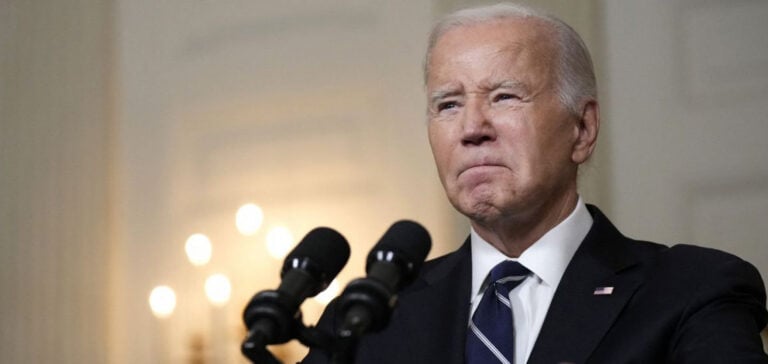Joe Biden Invests in Hydrogen Poles in seven regions of the U.S., with the aim of boosting the green economy ahead of the 2024 elections. The aim of this initiative is to produce nearly three million tonnes of cleanhydrogen per year, equivalent to a third of the US production target for 2030.
Seven Key Regions
The seven regions selected to become hydrogen hubs include West Virginia, Texas, California, and a hub stretching from Minnesota to North and South Dakota. These regions will receive a total of $7 billion in funding from the major infrastructure bill passed in 2021. This investment is expected to attract $40 billion in private investment in hydrogen-powered clean energy, creating many new jobs.
Well-paid union jobs
The initiative aims to finance large-scale hydrogen production, pipelines to transport it, and to help industries and businesses adapt to the use of this energy source. Joe Biden stressed that when he thinks about the climate, he also thinks about well-paid, preferably unionized jobs.
Some of the states included in this initiative, such as Pennsylvania and Michigan, will play a key role in the 2024 presidential election. These states were pivotal in 2020 when Joe Biden was elected, and the creation of hydrogen hubs could bolster his electoral support.
Environmental concerns
However, environmental concerns have been raised by an NGO, the Union of Concerned Scientists. The organization points out that some projects depend on the production of hydrogen from fossil fuels, which could perpetuate the use of unsustainable sources.
Hydrogen is a renewable, storable energy carrier. Joe Biden has pledged to increase “blue” and “green” hydrogen production capacity. Blue hydrogen is produced from natural gas with carbon dioxide capture, while green hydrogen is produced from renewable sources. U.S. hydrogen production, while already substantial, mainly comprises “grey” hydrogen, produced from natural gas without capturing CO2 emissions.
Green and Economic Objective
This initiative shows how Joe Biden seeks to combine his environmental goals for clean energy with job creation and economic stimulation. This strategy, dubbed “Bidenomics,” aims to strengthen American industry and create high-paying jobs, with a particular focus on green energy.





















